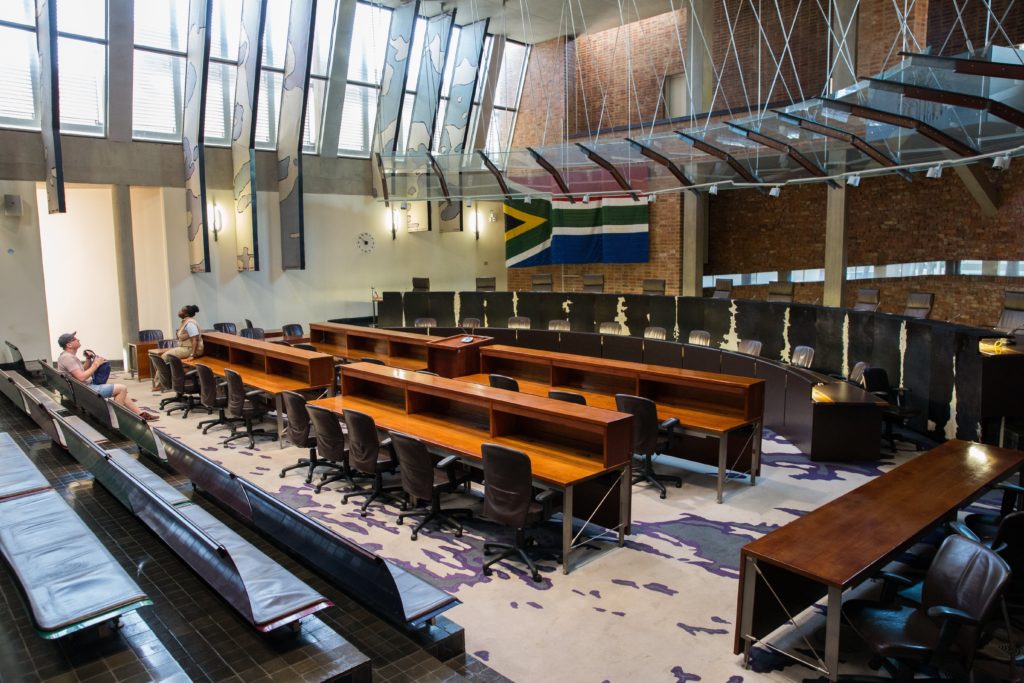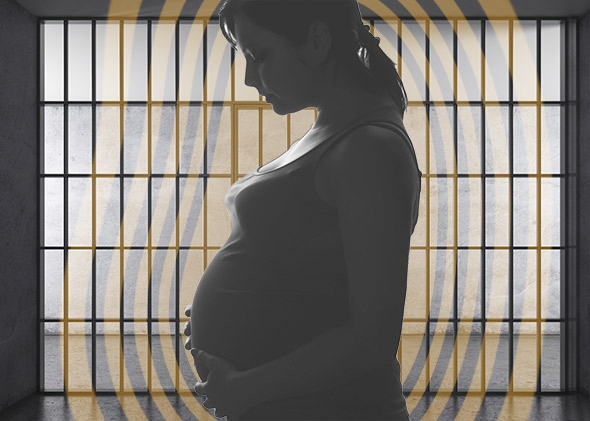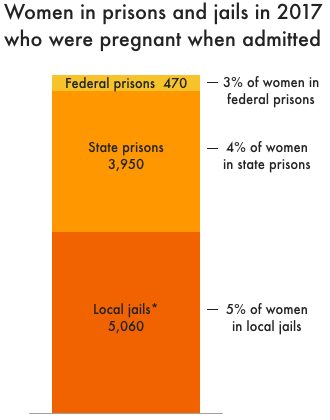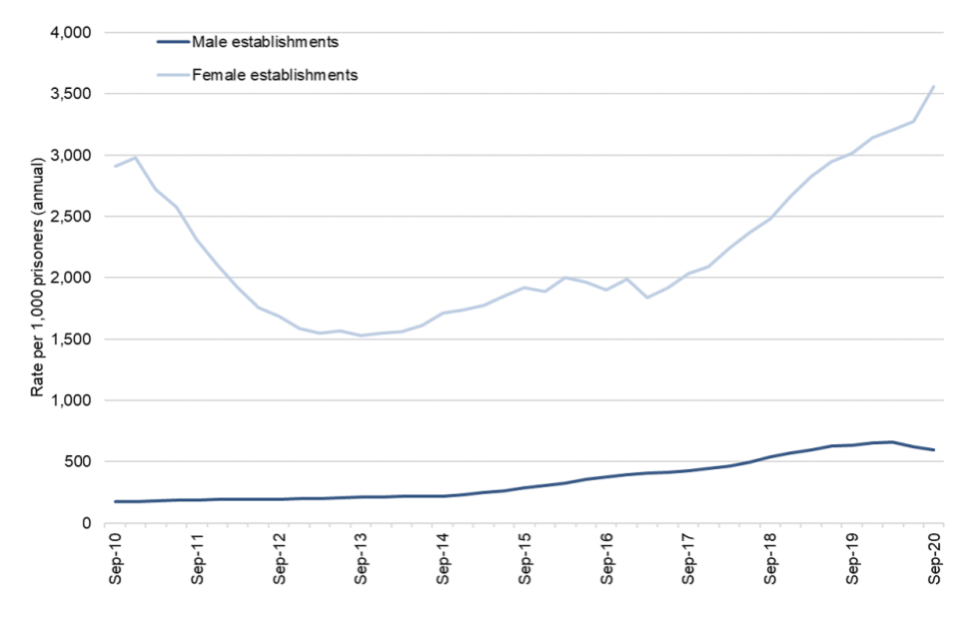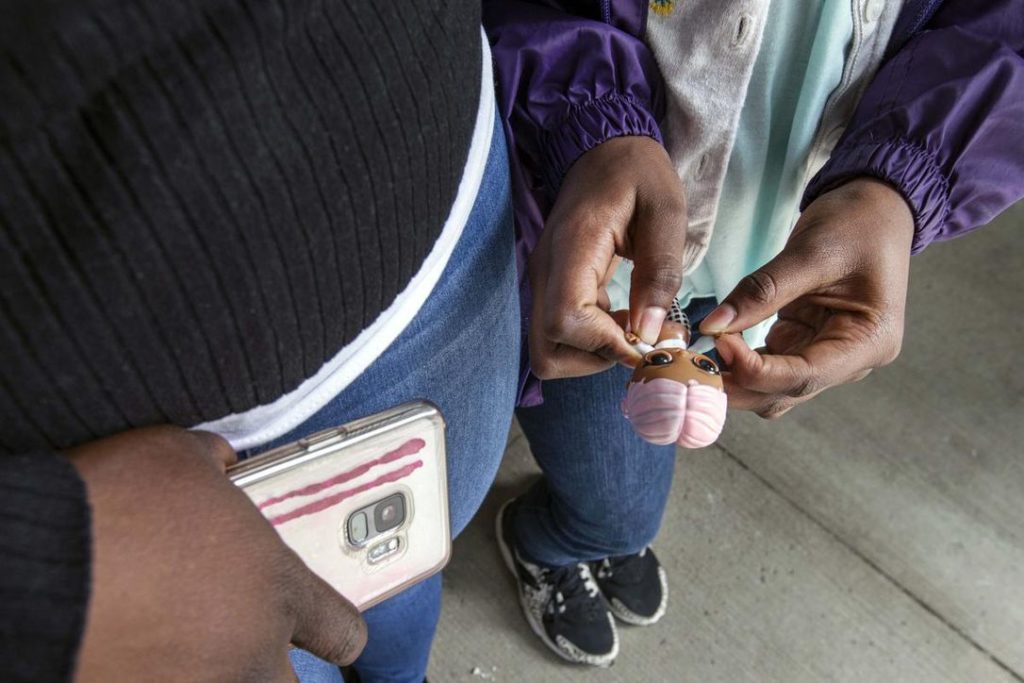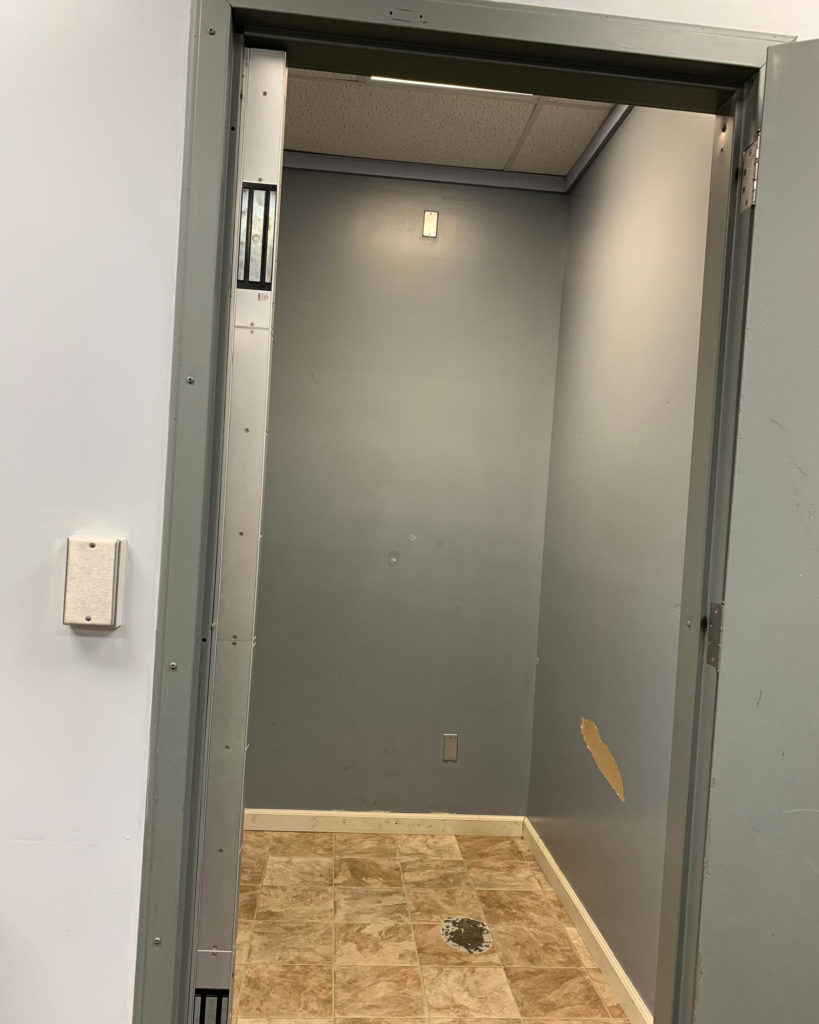
Just another seclusion room somewhere in the United States
On Wednesday, June 2, Senators Chris Murphy, of Connecticut, and Patty Murray, of Washington State, will introduce, or more precisely re-introduce, the Keeping All Students Safe Act, “To prohibit and prevent seclusion, mechanical restraint, chemical restraint, and dangerous restraints that restrict breathing, and to prevent and reduce the use of physical restraint in schools, and for other purposes.” In 2009, the Government Accounting Office released a major study documenting the severe harm rendered by seclusion rooms in schools, especially for students living with disabilities. In the same year, National Disability Rights Network released a major study, School is not supposed to hurt: Investigative Report on Abusive Restraint and Seclusion in Schools. Since 2009, versions of the Keeping All Students Safe Act have been introduced, all to no avail. And so here we are: “There are no federal laws governing how seclusion and restraints can be used in schools, and there are no sweeping federal laws with specific guidelines for police use of force on children in general.” Loaded with evidence and good intention … and completely stalled in place for twelve years and counting. What is the U.S. investment in torturing and damaging children, and in particular children living with disability? Why is the United States so committed to an endless war on children living with disabilities?
Three years ago, the U.S. Department of Education released data that showed that students living with disabilities constituted 12% of all students enrolled. 12 percent. That very small sector of students living with disabilities constituted 71% of all students restrained and 66% of all students “secluded.” This year, the most update study shows that students living with disabilities make up 13% of all students enrolled and constitute 80% of those physically restrained, 41% of those `mechanically’ restrained, and 77% of students subjected to seclusion: “Physical restraint is a personal restriction that immobilizes or reduces the ability of a student to move his or her torso, arms, legs, or head freely. Mechanical restraint is the use of any device or equipment to restrict a student’s freedom of movement. Seclusion is the involuntary confinement of a student alone in a room or area from which the student is physically prevented from leaving.” These are the numbers and key words of education for children in the United States.
While restraint and seclusion directly assault children living with disabilities, it impairs all those children who are forced to stand as helpless, and themselves restrained, witnesses. Why is there no federal law, why is there no national will to end this torture of the innocents? Why is this left to the discretion of individual states, counties and cities? Three years ago, almost to the day, we asked, “What crime have these children committed? What is their terrible sin? Why do we continue to send these children into solitary confinement? Why do we continue to torture those who are most vulnerable? When will we stop this practice? What do you think we’re teaching children, all the children in all the schools, when we torture their classmates and then call it `seclusion’ and `restraint’?” Why has there been no answer? American school seclusion rooms continue to form a landscape of atrocity. Where is the outrage? Where is the action?

An eleven-year-old describes how it feels to be in class (left) and how it feels to be in seclusion (right)
(By Dan Moshenberg)
(Photo, Image Credit: ProPublica)





